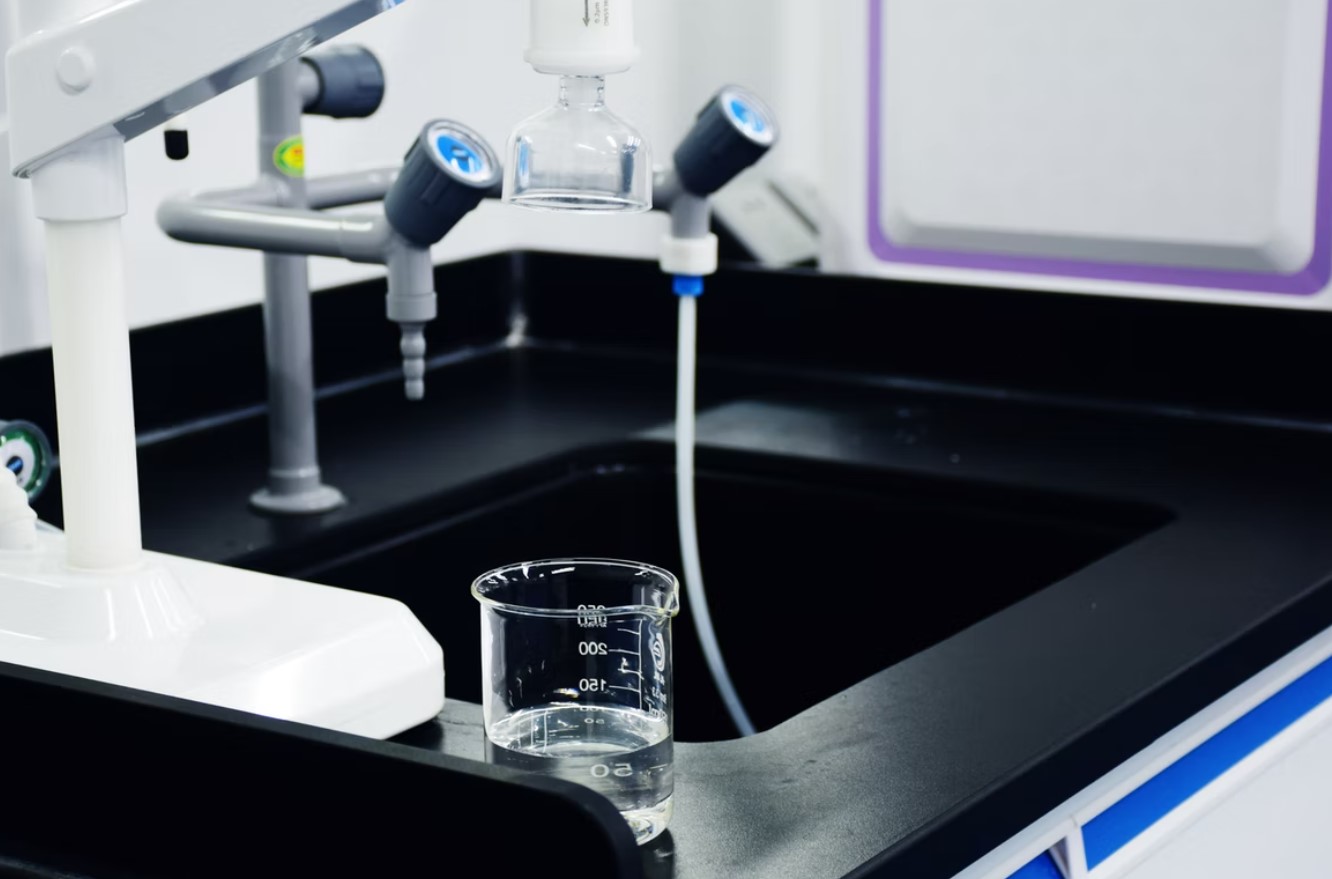While working in the laboratory, you want everything to be precise and of a certain quality, including water. Yes, including water as you cannot take tap water for your experiments. It impacts the results drastically, thus, you must know the different types of water that are used in the laboratory, their usages, and parameters.
Types of Laboratory Water
ASTM, the American Society for Testing and Materials, has classified laboratory water into four types. The right lab equipment in your lab can produce the desired water grade. There are four types- Type I, Type II, Type III, and Type IV water which are explained below.
Type I: Ultrapure Water
ASTM has defined it as Type I water, the purest water to be used in a lab. All labs prefer Type I water for the experiments. To make the water Type I grade, it is passed through a vessel that contains a UV light. It destroys the genetic molecules, so the bacteria and organic molecules don’t infect the water.
Properties Of Type I Water
- Resistivity: Greater than 18 M-Ohm-cm
- Conductivity: Less than 0.056 muS/cm
- Total Organic Content- Less than 50 ppb
Usage Of Type I Water
This lab water type is used for the following experiments.
- Gas Chromatography
- Molecular Biology
- Cell and Tissue Cultures
- High-Performance Liquid Chromatography
- Inductive Coupled Plasma Mass Spectrometry, etc.
Type II: General Grade Laboratory Water
It is below the ultrapure water grade but is also widely used in numerous lab experiments. This water type can be obtained by using RO and ion exchange technology. The deionization of the water reduces its resistivity, making it ideal for various experiments.
Properties Of Type II Water
- Resistivity: Greater than 1 M-Ohm-cm
- Conductivity: Less than 1 muS/cm
- Total Organic Content- Minimum 50 ppb
Usage Of Type II Water
This lab water type is used for the following experiments.
- FAAS
- Electrochemistry
- General Spectrophotometry
- Microbiology Analysis and Preparation
- All General lab experiments
- In preparation of Type- I water
- To Analyse Calcium Build Up in Water, etc.
Type III: RO Water
RO is even known to a layman. It stands for Reverse Osmosis. Labs and even homes use this technology to purify water. This water type is used for basic lab preparation.
Properties Of Type III Water
- Resistivity: Greater than 4 M-Ohm-cm
- Conductivity: Less than 0.25 muS/cm
- Total Organic Content- Minimum 200 ppb
Usage Of Type III Water
This lab water type is used for the following experiments.
- To wash lab equipment
- In Initial applications of lab experiments
- Pre-treatment of ultrapure water systems
- All non-critical lab works
Type IV- Feed Water
Raw water or potable water as it is called is the untreated water that is directly obtained from the environment. It comes from deep rock layers and thus contains a huge number of organic components. This water is not used in lab experiments without being tested and purified. It passes through vigorous filtration systems to become useful. Water softeners and RO water purification systems are essential to treat this water type.
Properties Of Type II Water
- Resistivity: 200 K-Ohm-cm
- Conductivity: Less than 5 muS/cm
- Total Organic Content- No standard (depends on the water source)
Usage Of Type II Water
This lab water type is used for the following experiments.
- Producing Type I and Type II water types
- General lab practices, etc.
Factors To Assess Laboratory Water Type
As per ASTM, certain factors can help assess the laboratory water type. Proper lab equipment is required to measure the purity of water based on these key factors.
Conductivity
Conductivity refers to the ease of conductivity of electricity through water. The purest water Ultrapure has the lowest conductivity while Type IV water has the highest conductivity. It depends on the ions present in the water. More ions mean higher conductivity.
Resistivity
Resistivity refers to the resistance that the ions cause as electricity conducts through the water. Resistivity is high in pure water types I and II as they contain fewer ions. So, it is a measure of assessing the ionic content in water.
Turbidity
Turbidity refers to the clarity of the water type. The purer the water, the higher the clarity. This factor is useful for assessing the water purity of Type III and Type IV water type.
Total Organic Content
As the water is purified through layers, it loses its organic components which are naturally present in water. TOC is measured during carbon testing. UV light purification kills the genetic molecules of organic compounds and treats them. The purest water types I and II contain less TOC.
Conclusion
Before approaching any lab experiments, one must always check the water type. Every lab requires lab equipment to assess the key factors and determine the water type being used.
The above water types have been prescribed by ASTM. There are other global guidelines present, such as ISO and CLSI which have also defined water grades. You can also refer them.
For more blogs click – https://techfily.com/


